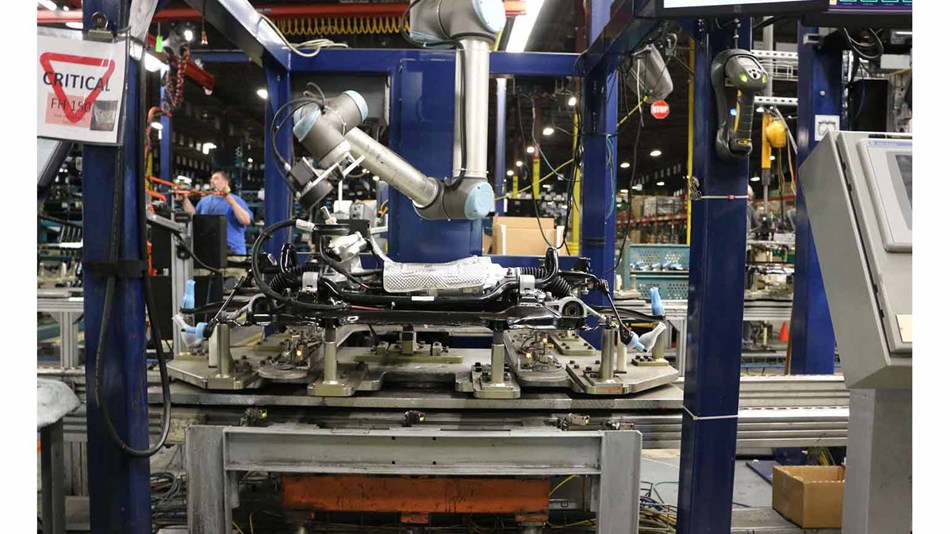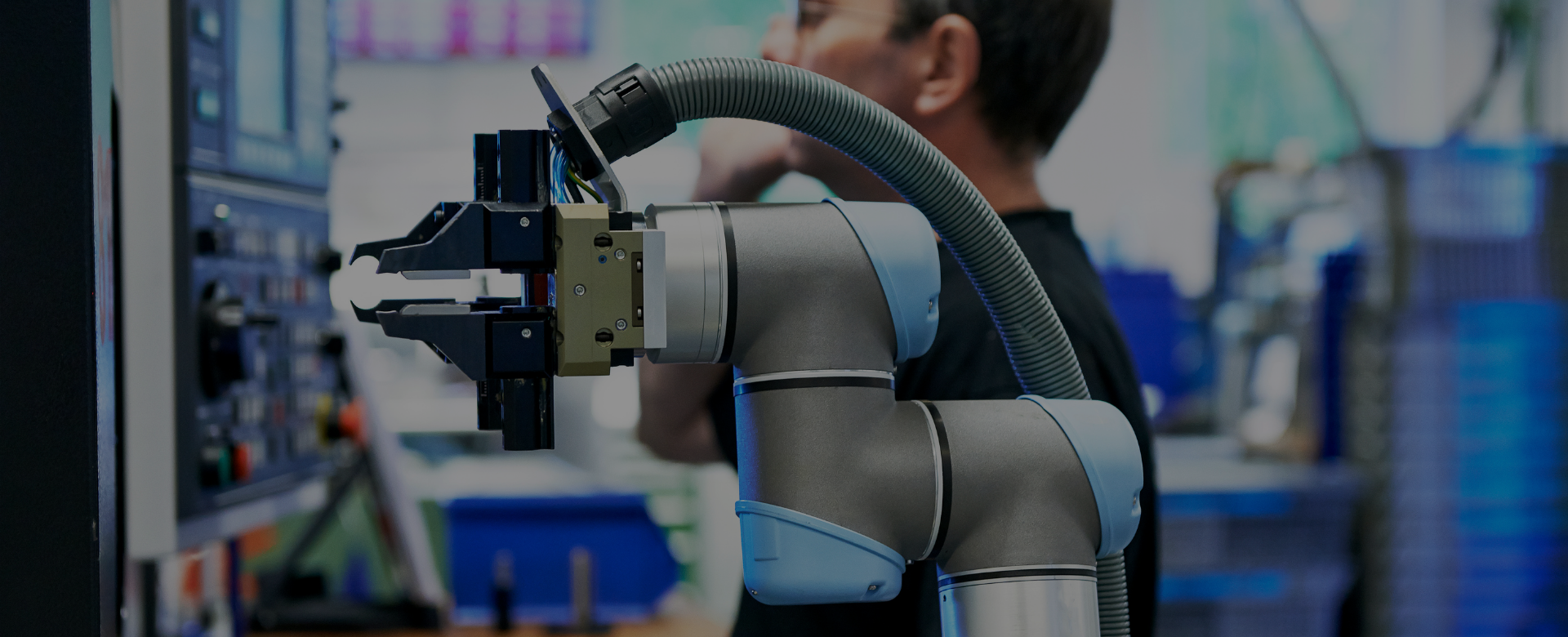OnRobot Eyes, for example is a vision system with a 2.5D camera that can be mounted on a Universal Robots cobot wrist, or externally. Eyes provides rapid, one-picture calibration and part recognition, and programming is intuitive and fast through URCap software that runs on the Universal Robots teach pendant.
Why is automation and technology so attractive to manufacturers?
There are many aspects of manufacturing that can be improved by the introduction of technology and automation.
Solving labor shortages
Labor shortages pose a very real threat to the success of manufacturing industries. Some areas of the world are seeing their current workforce reach retirement age without the presence of younger workers to take over their roles. This has important consequences. On one hand, there are not enough people to fill the hours needed for effective production. Additionally, older workers may not be able to complete strenuous, repetitive, or fine-motor tasks as effectively as they used to.
Automation can solve these problems. In areas where there is simply not enough human labor available, for example, manufacturers can deploy a cobot. And because cobots and humans can safely occupy the same workspace, cobots enable companies supplement the capabilities of existing staff. Instead of replacing human workers, cobots can take over the repetitive and dangerous tasks, freeing humans to work on higher value jobs. Since workers with little or no previous robotics experience can easily train to use a cobot from Universal Robots, deploying cobots also provides upskilling opportunities as workers move from performing repetitive jobs, such as quality inspection and machine tending to programming cobots and monitoring their performance.
Increased production
Automation can help companies streamline production processes, leading to increased production and improved quality outcomes. Whether deployed on assembling, welding, sanding, inspection or other tasks cobots can operate quickly, reliably and consistently. And unlike their human counterparts, robotic workers can function around the clock, 365 days a year, which enables companies to increase output by implementing extra shifts and/or lights out production.
Lowering long term costs
A primary benefit of automation is the lower cost of production over time, due to improvements in production processes. They also are more precise and efficient, which leads to less wasted material. Additionally, when robots take over dangerous tasks from human workers, there are fewer costs associated with workplace injuries.
UR cobots in particular are a flexible, one-time solution designed to meet a wide range of industrial needs. They are designed to be user-friendly, which means that in most cases programming and troubleshooting UR cobots can be performed by the end user.
Improved quality
Robotics and automation technology are able to guarantee a level of quality that human labor cannot match. Even the most experienced and precise human workers will introduce some degree of error, such as overtightening or misaligning screws or failing to apply an even coat of paint over a large surface. In all cases, automation dramatically reduces the amount of error.
















